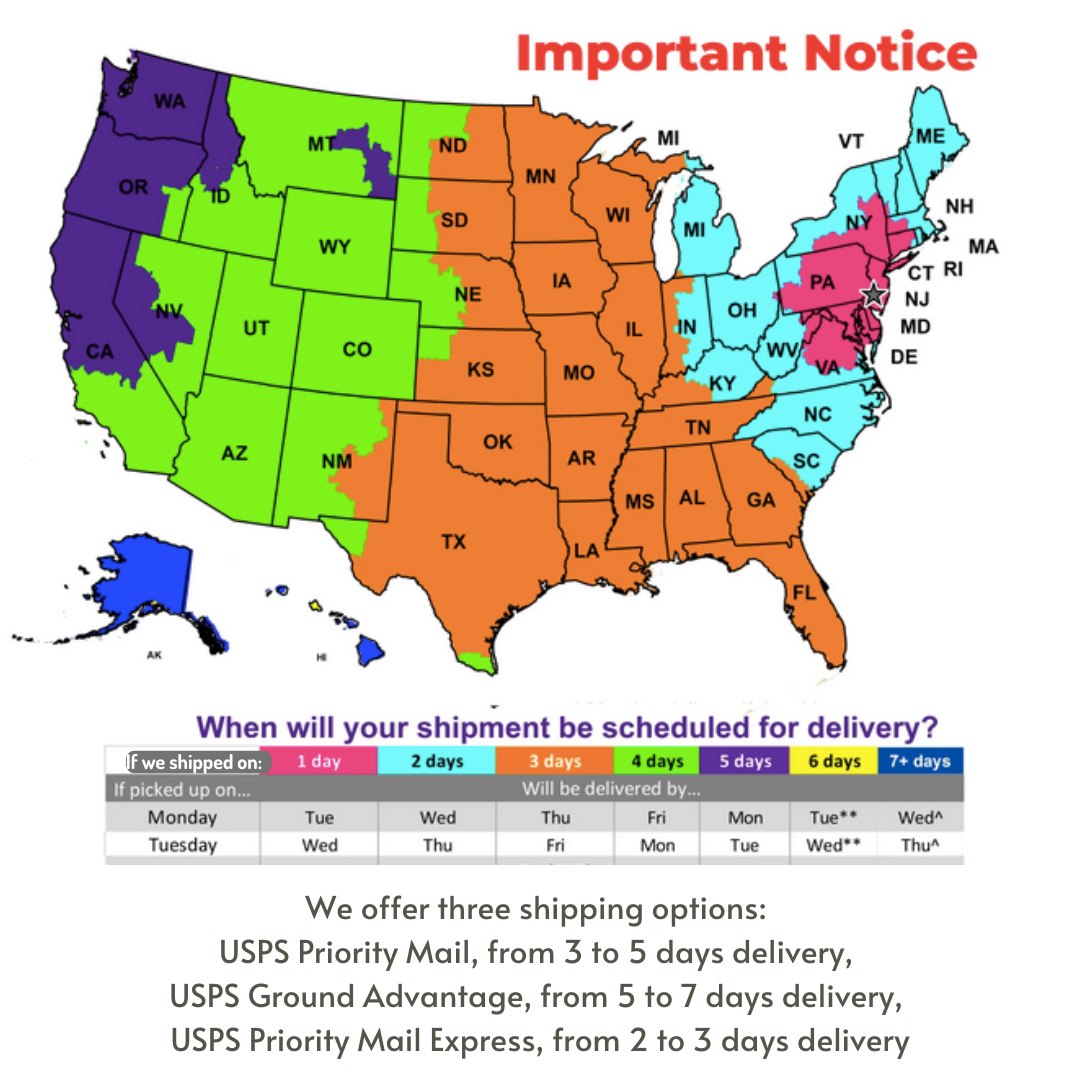How to Grow Orchids: Understanding Different Growth Habits
There are two distinct growth habits among orchids: monopodial and sympodial. Each requires specific care and conditions for successful growth. Let's explore these growth habits and provide some general guidelines for growing orchids.
Monopodial Growth Habit: Monopodial Orchids don't have pseudobulbs but produce new growth from the crown of the plant. These orchids often have adventitious roots, and you may notice aerial roots along the stem, especially in species like vandas.
Sympodial Growth Habit: Sympodial Orchids have pseudobulbs that grow on a rhizome. The pseudobulbs may be closely attached or have some distance between them. Repotting these orchids regularly is necessary due to their lateral growth pattern. Cattleya varieties are typical examples of sympodial orchids.
To grow orchids successfully, it's essential to replicate the natural conditions in which the plant thrives. Hybrid orchids are generally more adaptable than their parents and can tolerate conditions slightly different from the optimal range for their parents.
Orchids can adapt to three temperature zones or bands depending on their natural habitat. Keep in mind that even orchids from warm countries may grow at high elevations, requiring lower temperatures than what is typically associated with their origin.
The temperature bands are as follows:
-
Cool growing: Winter overnight temperatures of 48-55°F, summer daytime temperatures of 55-70°F, and humidity around 40-60%.
-
Intermediate: Winter overnight temperatures of 58-62°F, summer daytime temperatures of 85-90°F, and humidity around 45-65%.
-
Warm: Winter overnight temperatures of 65-70°F, summer daytime temperatures of 90-95°F, and humidity around 50-75% or higher.
You can often determine an orchid's temperature band by observing its leaves. Cool-growing plants generally have thin leaves, while those adapted to warmer conditions have thicker, fleshy leaves. However, there are exceptions, so it's best to be cautious.
A useful guideline for providing suitable conditions is as follows:
- More heat and more light require more shade, air movement, humidity, and water.
- Less heat and light require less air, shade, humidity, and water.
Apart from creating a suitable climate, consider the amount of sunlight reaching the plant. Most orchids require shade from direct sunlight and benefit from good air circulation.
A shading of at least 60% is necessary during spring, summer, and possibly autumn if the weather is warm and clear. In tropical regions, orchids may require year-round shading. Insufficient light results in dark green foliage and limited or no flowering, while too much light can cause sunburn or yellowing of leaves.
Potting Mixes and Watering: When selecting potting mixes and watering routines, consider your own availability and the needs of your plants. If you can water frequently, a very open mix may be suitable. However, if you cannot provide daily care, a more water-retentive medium may be better.
For certain orchids like vandaceous orchids, some Phalaenopsis, and some Dendrobiums, wooden slatted baskets without any compost can be used. However, these cultures require daily watering.
Cymbidiums and Cattleya varieties thrive in a mix of bark chippings, perlite, and charcoal. Dendrobiums, Oncidiums, Odontoglossums, Catasetums, and many other species also do well in this mix. Consider the thickness of the roots when choosing between large, medium, or small bark chippings.
Paphiopedilums and Phragmipediums prefer a mix of rockwool, bark foam, sphagnum moss, and perlite. Adding a pinch of dolomite lime benefits some Chinese species.
When watering, it's best to use rainwater or reverse osmosis water unless you're confident in the quality of your tap water. Water the orchids when the mix is almost dry and slightly damp inside the pot. To check for moisture, insert a wooden stick into the mix. If water is present and the stick has darkened considerably, it may not be the right time to water.
During summer, watering may occur every 4-5 days, while in winter, it can be every 10-14 days or even longer. Always flush the pot to remove any excess salts accumulated from feeding.
Feeding: Orchids are generally light feeders, and a solution of one-quarter to half-strength fertilizer is usually sufficient. A balanced 30-20-20 fertilizer is suitable for plants potted in bark mix, as the bark neutralizes nitrogen. For most other orchids, a well-balanced 20-20-20 mix works well.
After Flowering: After the flowering period, remove any dead or old flowers and sheaths. Take care not to damage the pseudobulb from which the inflorescence grew. In the case of Phalaenopsis, cut back the flower spike to within an inch of where it appeared. If you want the plant to flower sooner and the spike is still alive, trim just above a small node below the first flower. With luck, a new spike will grow from there and bloom more quickly.
Growing Orchids Indoors: For indoor cultivation, place the pot on an upturned saucer resting on a gravel-filled tray or a larger saucer with some water. This arrangement enhances air circulation around the plant.
Generally, intermediate to warm-loving orchids thrive indoors. However, if you live in a cold environment where heaters turn off at night, the temperature drop may be too much for your orchid.
Please note that these guidelines are general recommendations. Different orchid species and hybrids may have specific requirements, so it's essential to research and understand the needs of the particular orchids you are growing.

